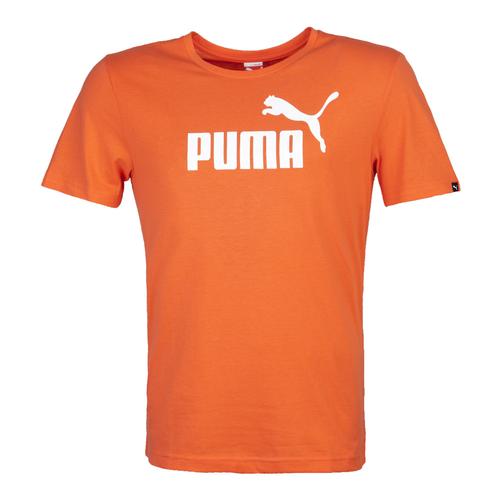Environmentally friendly fabrics are an important trend that has attracted much attention in the fashion industry in recent years. As people’s awareness of sustainable development and environmental protection continues to increase, consumers are paying more and more attention to the environmental performance and eco-friendliness of products. The application prospects of environmentally friendly materials in the fashion industry are very broad, with the following development trends:
1. Application of degradable materials: degradable materials refer to Materials that can be degraded and decomposed by the natural environment under certain conditions without producing harmful substances, such as degradable plastics, degradable fibers, etc. These materials are increasingly used in the fashion field, such as handbags made of degradable plastics and clothing made of degradable fibers, which can effectively reduce the negative impact on the environment.
2. Utilization of recycled materials: Recycled materials refer to the process of manufacturing new materials by recycling waste or using by-products. In the fashion industry, more and more brands are beginning to use recycled fabrics, such as recycled polyester fiber, recycled cotton, etc. The use of recycled materials can reduce the consumption of natural resources and extend the life cycle of waste.
3. Promotion of organic fiber: Organic fiber refers to natural fiber produced using organic agriculture, such as organic cotton, organic hemp, etc. The production process of these fibers does not use chemical pesticides and chemical fertilizers, which is environmentally friendly and also protects the health of workers. Many fashion brands have begun to use organic fibers to manufacture clothing to meet consumers’ needs for health and environmental protection.
4. Use biotechnology to develop new materials: Biotechnology is increasingly used in the textile industry. By utilizing technologies such as genetic engineering and fermentation processes, new more environmentally friendly materials can be produced, such as mycelium fiber, peel fiber, etc. These new materials have high biodegradability and unique texture effects, and are favored by fashion designers.
5. Promotion of green production methods: In addition to the environmental protection performance of materials, green production methods are also receiving more and more attention from brands. Green production includes reducing the use of water, electricity and chemicals, and reducing waste water and exhaust gas emissions. Through green production methods, the negative impact on the environment can be reduced and the sustainability and competitiveness of products can be improved.
In short, environmentally friendly fabrics have broad application prospects in the fashion industry, and consumer demand for environmentally friendly products is also increasing. By using environmentally friendly materials, brands can improve the competitiveness and market recognition of their products, while also making positive contributions to achieving sustainable development.




